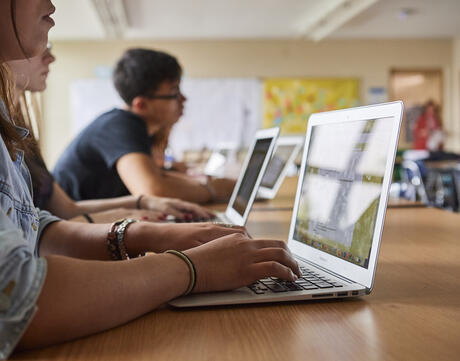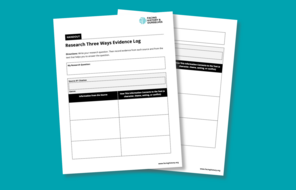
Evidence Logs
At a Glance
Language
English — USSubject
- English & Language Arts
- History
- Social Studies
Grade
6–12Overview
What Is an Evidence Log?
The Evidence Logs strategy provides a place where students can centralize and organize evidence they collect over the course of a unit. Creating these logs is particularly helpful when you introduce a writing prompt that students will be revisiting. Collecting evidence is an important part of essay writing because it allows students to weigh different sides of an argument and eventually craft theses that they are able to defend. By organizing evidence in a central location or structure, students are able to review the information they’ve collected and pick clear and relevant reasons to support their thinking. You might also use this strategy to help students organize evidence they find that is related to a unit or lesson’s essential question.
Procedure
How to Use Evidence Logs
Materials and Downloads
Quick Downloads
Download the Files
Get Files Via Google
Unlimited Access to Learning. More Added Every Month.
Facing History & Ourselves is designed for educators who want to help students explore identity, think critically, grow emotionally, act ethically, and participate in civic life. It’s hard work, so we’ve developed some go-to professional learning opportunities to help you along the way.
Exploring ELA Text Selection with Julia Torres
On-Demand

Working for Justice, Equity and Civic Agency in Our Schools: A Conversation with Clint Smith
On-Demand

Centering Student Voices to Build Community and Agency
On-Demand















